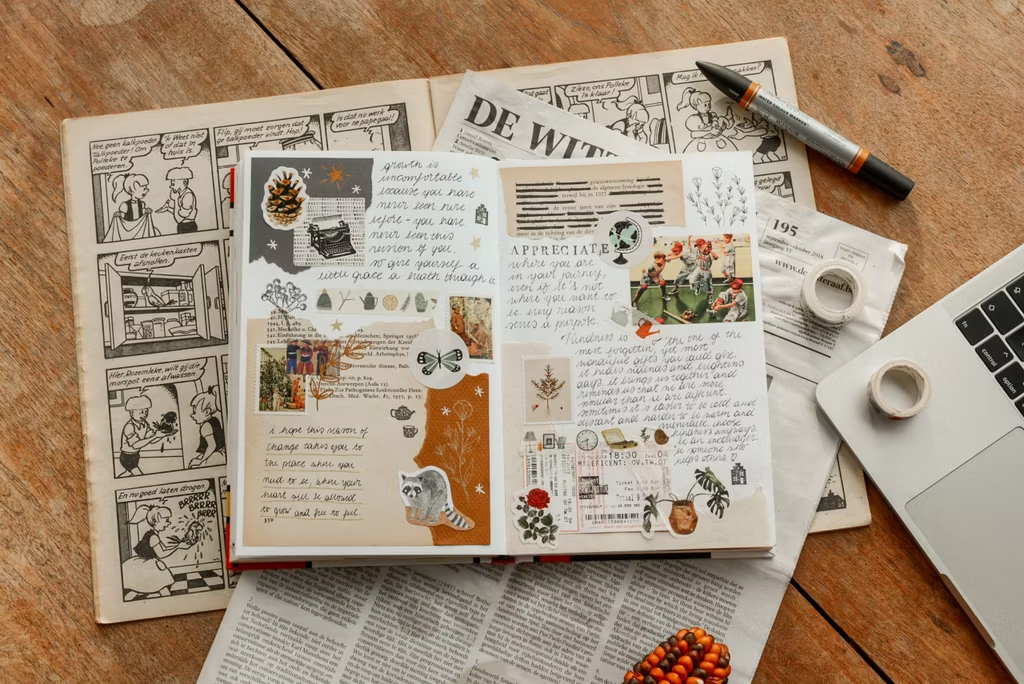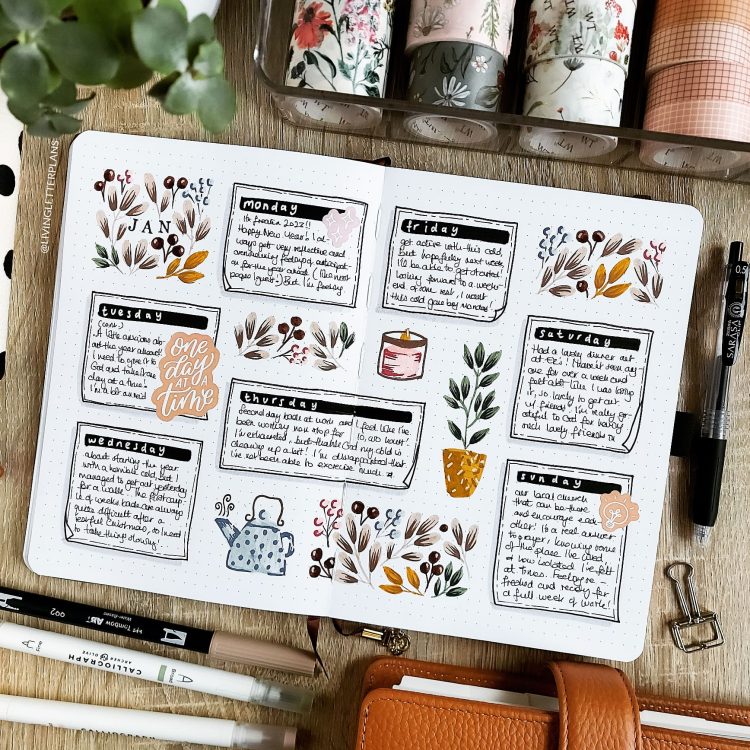Introduction: Rediscovering the Written Page
In a world dominated by screens, notifications, and ephemeral social media posts, the resurgence of hand-account culture—often referred to as journaling or “hand-accounting”—seems almost paradoxical. Young people in cities from Seoul to São Paulo, from Shanghai to San Francisco, are dedicating hours to designing pages by hand: drawing, collaging, writing quotes, or carefully cataloging daily experiences.
This practice is not merely nostalgic. It represents a deliberate turn toward slowness, authenticity, and tactile creativity, offering a refuge from the hyper-accelerated digital age. It also provides a fertile ground for cultural expression and cross-border creativity.
This article explores how hand-account culture inspires young creatives today—its origins, aesthetic practices, psychological significance, and its growing role in shaping contemporary youth culture.
I. Historical Roots of the Hand-Account Tradition
Although the term “hand-account” gained popularity in East Asia in the last decade, the practice itself has deep roots.
1.1 Early Personal Diaries and Travelogues
From the medieval monastic journals of Europe to Qing-dynasty Chinese scholar’s notebooks, writing by hand has long served as a way to record experiences and thoughts. These early forms were mostly textual but already combined observation with self-reflection.
1.2 The Rise of Decorative Journals
The modern notion of decorated diaries emerged in the late 19th and early 20th centuries, when paper became cheaper and printing techniques allowed for colorful stickers and postcards. In Japan, the “techō” (planner) culture flourished after the 1950s, influencing later Asian hand-account styles.
1.3 Post-Millennial Renaissance
The early 2010s saw a renaissance of journaling in youth subcultures, particularly in East Asia, with the influence of “bullet journals”, DIY crafts, and globalized stationery markets. Social platforms such as Instagram and Xiaohongshu (RED) amplified the trend, turning private notebooks into public showcases of personal style.
These roots reveal that hand-account culture has always existed at the intersection of practicality, creativity, and cultural exchange.
II. Aesthetics and Practices of Contemporary Hand-Account Culture
The appeal of hand-account culture lies in the diverse creative practices it encourages.
2.1 Mixed-Media Creativity
Modern hand-accounting integrates drawing, calligraphy, collage, photography, washi tapes, dried flowers, and even QR codes. Young creators treat each page as a small art piece, blending analog and digital techniques.
2.2 Personal Storytelling
Beyond decoration, journaling provides a space for narrative self-construction. Many young people chronicle their daily emotions, travel experiences, and reflections. This transforms the notebook into both a memory archive and a therapeutic outlet.
2.3 Ritual and Mindfulness
Filling pages by hand slows down one’s pace, offering mindful engagement. Many participants report that hand-accounting reduces stress, enhances focus, and reconnects them with their senses in contrast to the fleeting nature of digital posts.
2.4 The Social Dimension
Online communities dedicated to hand-account culture—forums, Instagram hashtags, TikTok tutorials—allow practitioners to exchange tips and showcase their work. This interaction gives rise to a hybrid culture: private yet shareable, personal yet communal.
III. Youth Culture and Creative Identity
Hand-account culture is not only a craft hobby but also a cultural identity marker for a generation seeking balance between digital life and tangible experiences.
3.1 Aesthetic Rebellion against Digital Overload
Gen Z often feels overwhelmed by algorithm-driven feeds. Hand-accounting offers a counter-current to instant content consumption, emphasizing tactile materials and slow creation.
3.2 Formation of Subcultural Styles
Different hand-account communities cultivate distinct visual identities—minimalist bullet journals, vintage collage, pastel K-pop idol spreads, travel sketchbooks. These styles often reflect subcultural affiliations and transnational aesthetics.
3.3 Empowerment of Amateur Creators
Unlike traditional art forms requiring formal training, hand-account culture is low-barrier yet high-creativity. This accessibility empowers many young people—especially students and hobbyists—to discover their artistic voice.

IV. Psychological and Social Benefits
Academic studies and qualitative interviews highlight several important benefits:
- Stress Relief and Mental Health Support
Handwriting activates brain areas linked to emotional processing; repetitive craft actions induce a calming effect similar to meditation. - Strengthened Memory and Self-Reflection
Recording events by hand enhances retention and fosters a deeper understanding of one’s experiences. - Community Belonging and Peer Support
Shared journaling hashtags, swap-meets for stickers, and collaborative zines create supportive micro-communities, counteracting feelings of isolation. - Cultural Continuity
Young participants often integrate local motifs—folk patterns, proverbs, or regional languages—into their pages, subtly preserving cultural heritage.
V. Challenges and Critiques
Despite its positive aspects, hand-account culture faces certain tensions.
- Commercialization vs. Authenticity
The booming stationery market sometimes shifts focus from creativity to consumerism. - Social-Media Pressure
The desire for likes and followers may lead to performance anxiety and discourage beginners. - Time and Accessibility
Not all young people can afford quality materials or dedicate time to meticulous page design. - Environmental Concerns
Paper consumption and mass-produced decorative items raise questions about sustainability.
Recognizing these challenges helps maintain the balance between creativity, well-being, and responsible consumption.
VI. Case Snapshots: Global Variations
Hand-account culture shows intriguing local adaptations:
- Japan: rooted in decades of planner aesthetics with precise layouts.
- China: vibrant, trend-driven communities influenced by online platforms.
- Europe & North America: strong bullet-journal movement emphasizing productivity.
- Latin America: a fusion of art-journaling and cultural storytelling.
These variations demonstrate the global yet locally inflected nature of the movement.
VII. Future Directions
Looking forward, the journaling culture may evolve in several ways:
- Hybridization with Technology: AR-enhanced journals, digital-print hybrid stickers, cloud-connected notebooks.
- Therapeutic and Educational Applications: schools and counseling centers adopting journaling for creativity and emotional well-being.
- Eco-Friendly Practices: recycled papers, biodegradable adhesives, and sustainable stationery brands.
- Cultural Exchange: international workshops, online collaborations bridging geographic boundaries.
Such trends suggest that the essence of hand-account culture—the desire for personal expression and tangible connection—will persist even as tools and platforms change.
Conclusion: A Hand-Written Future in a Digital Age
The resurgence of hand-account culture among young people reveals a profound cultural desire: to slow down, create meaning with one’s own hands, and connect with others through authentic expression. Far from being a nostalgic retreat, it reflects an adaptive, creative response to digital saturation.
For educators, cultural institutions, and policy makers, this trend highlights the importance of supporting accessible creative spaces—both online and offline—that nurture young people’s self-expression and mental well-being.
The art of journaling reminds us that creativity does not require expensive devices or professional status—just a blank page, a pen, and the courage to start.
















































